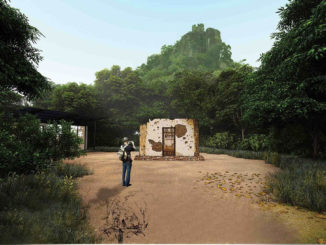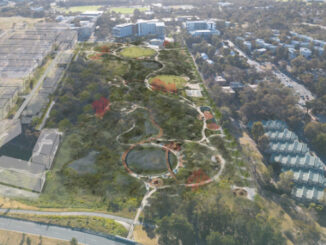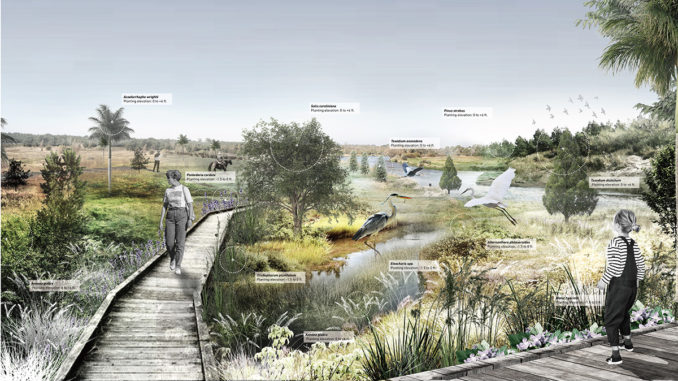
The Everglades is a vast landscape of patchwork of wetlands, sawgrass marshes, prairies, ponds and upland forests in Florida, US. In the past 70 years, a rapid urbanization process has been encroaching on the land. In Broward country, where used to be entirely occupied by the Everglades, 1.9 million people are living with the preserved wetland side by side today.
Although state-scale dams were built up to divide the Everglades and the urbanized area, hydrological systems of the two parts are still connected closely. The Everglades is the terminal of the regional drainage system to relieve seasonal flooding issue. Runoff from urban area disturbs the eco-balance of environment and the treatment of eutrophication in the wetland has become a heavy financial burden of the government for decades.
Based on research on Broward county and regional drainage system masterplan, this project selects the Basin S-8 to investigate closely. A large portion of the nutrients in water comes from local industries in the town of Southwest Ranches including plantations, nurseries and horse ranches, because fertilizers and forages are necessary for these activities. This project envisions to minimize the negative impact on the ecosystem of the Everglades while respecting the current suburban landscape and equestrian lifestyle.
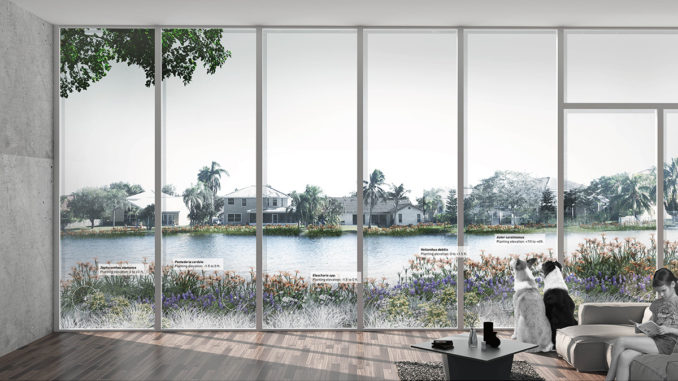
The Drainage Filter re-channels the water runoff by utilizing public-owned properties and the water will be stored and treated before arriving at its destination, the Everglades. The project proposes a phased, cost-efficient alternative and improvement to existing expensive treatment infrastructures in the Everglades.
The first phase is to connect vacant properties and corridors of public right-of-way as a fundamental skeleton of the filter system. In this phase, the vacant properties are strategically turned into functional and seasonal wetland, which adds ecological value onto the land. The corridors of right of ways convey water runoff into the designated wetlands. In addition, horse trails become more attractive for the landscape of vegetated corridors as well. In Planned Unit Development zone, the existing planting buffer area is requested to be extended to help settle sediments and filter nutrients in lakes.
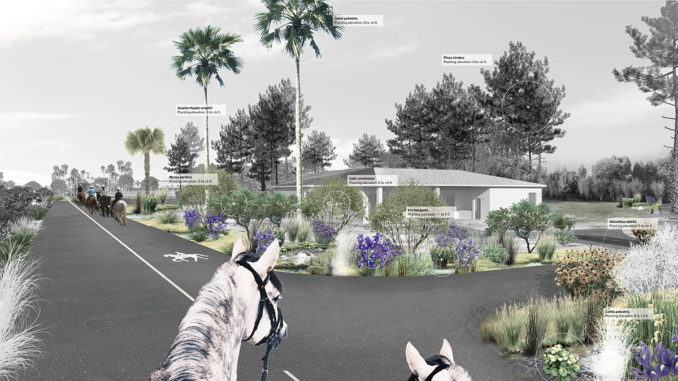
From the second phase, private sector is expected to improve the drainage filter system incrementally. The owners of ranches and nurseries are requested to implement a pre-treatment area within their properties. Although mandatory, it is flexible in shapes and types such as bio-swale, rain garden, etc. Then, in the third phase, local residents participate to improve the drainage filter system. In residential properties, people expand the corridors by using the easement areas. Ranches and nurseries can also expand their pre-treatment area. With more and more people moving into the Broward county, the vacant properties are developed but with a new type of housing that protect the wetland of the property. The wetland housing provides great view and unique experience of living in a highly naturalized place.
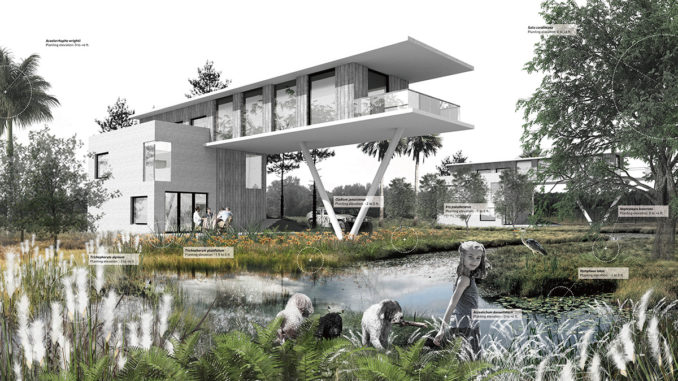
Through time, the Basin S-8 will be showing a high value of resiliency. Also, it grows as an extension on the edge of the Everglades in a broader context. The Drainage Filter creates a planning framework that benefits water quality, enhances living experience and preserves equestrian lifestyle through an aesthetic, dynamic, cultural and functional approach.
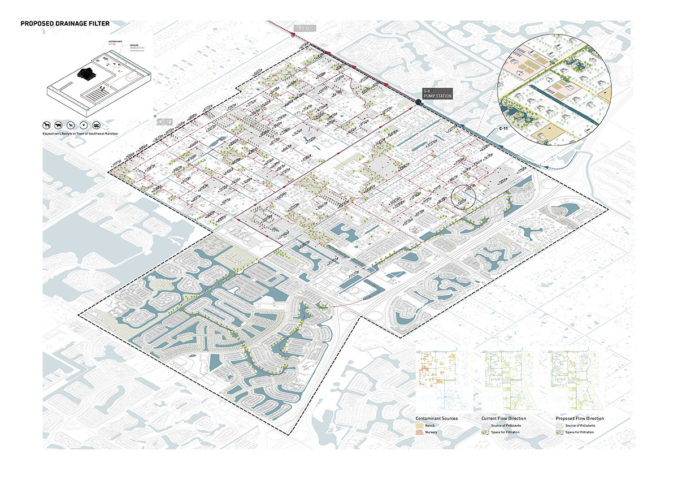
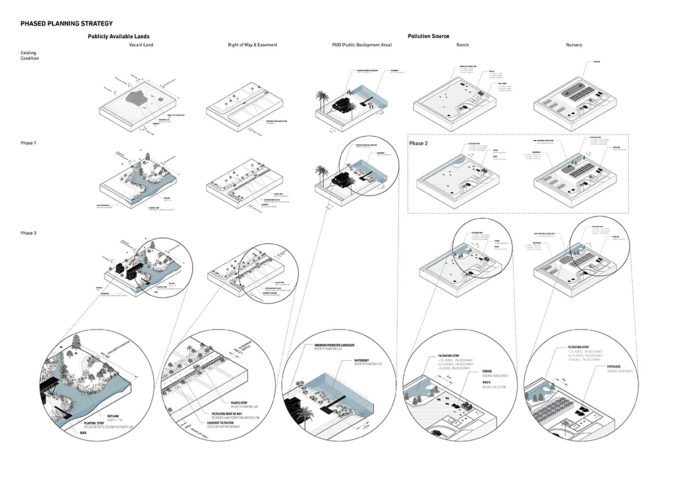
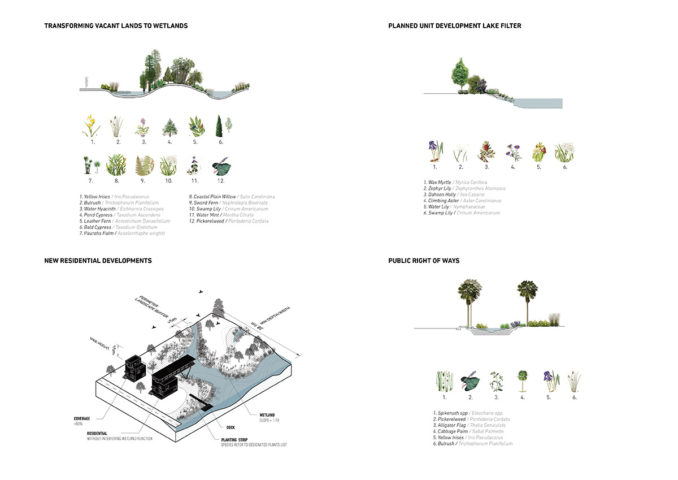
The Drainage Filter for the Everglades
Designers | Meikang Li, Qiwei Song, Chaoyi Cui
University | University of Toronto
Winner of the 2019 WLA Awards – Merit Award – Student Category

